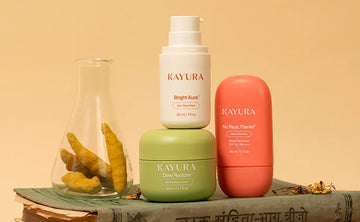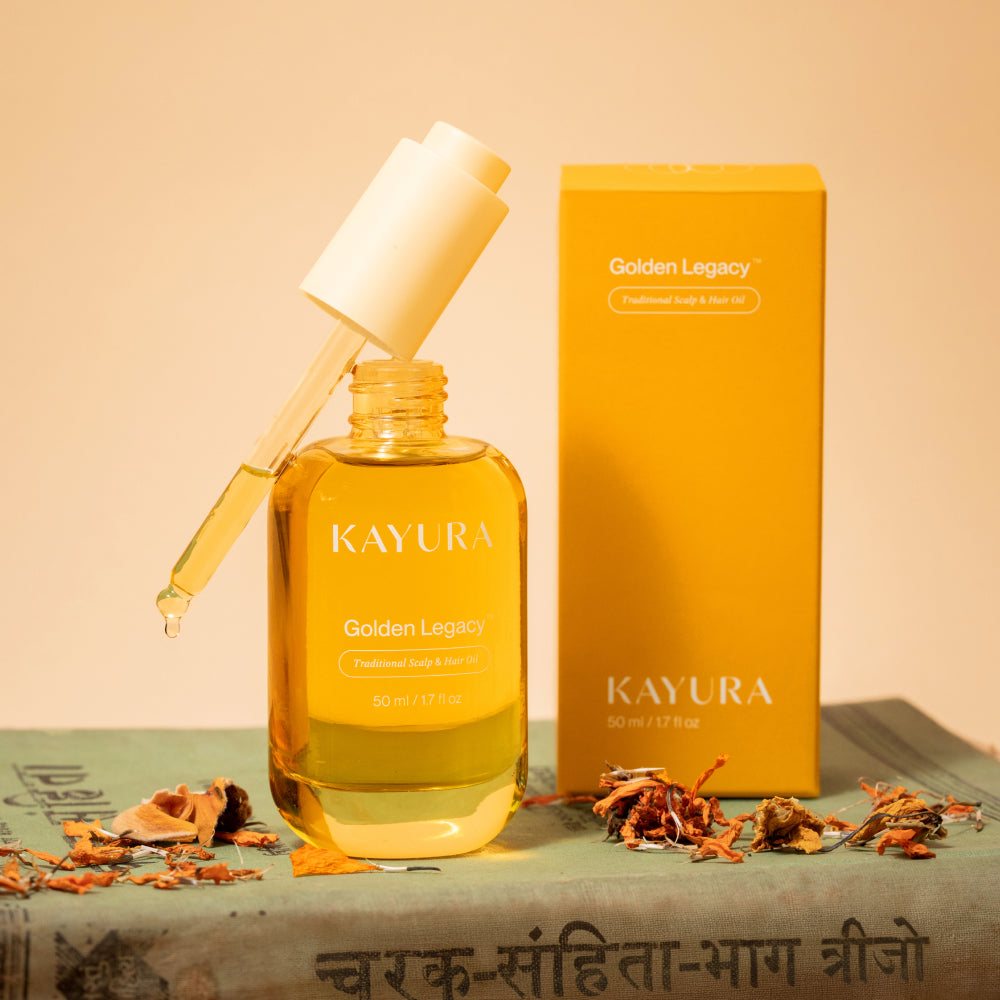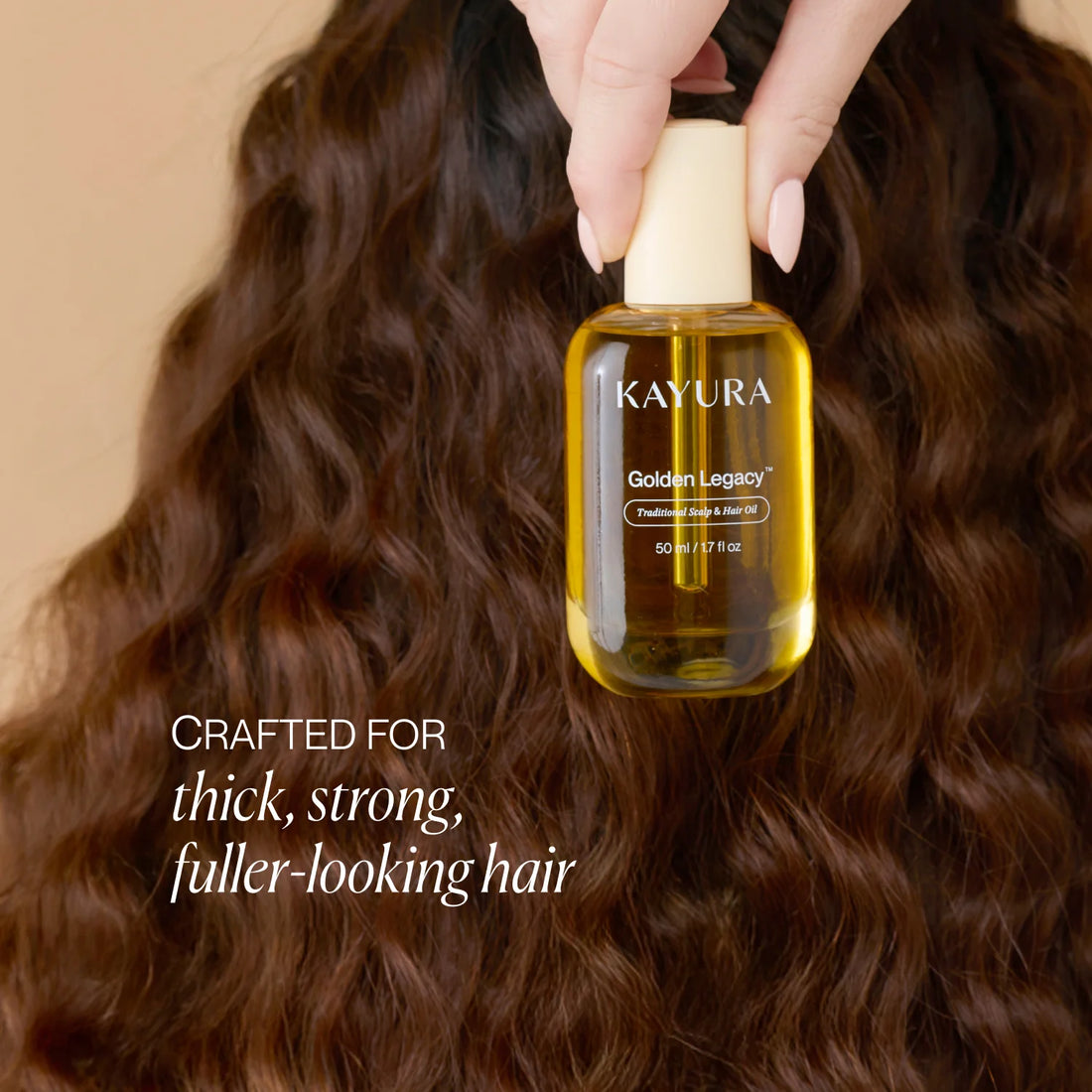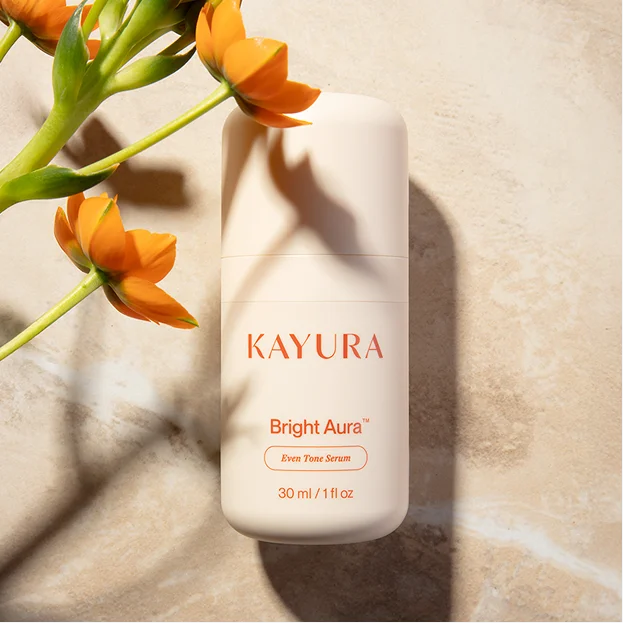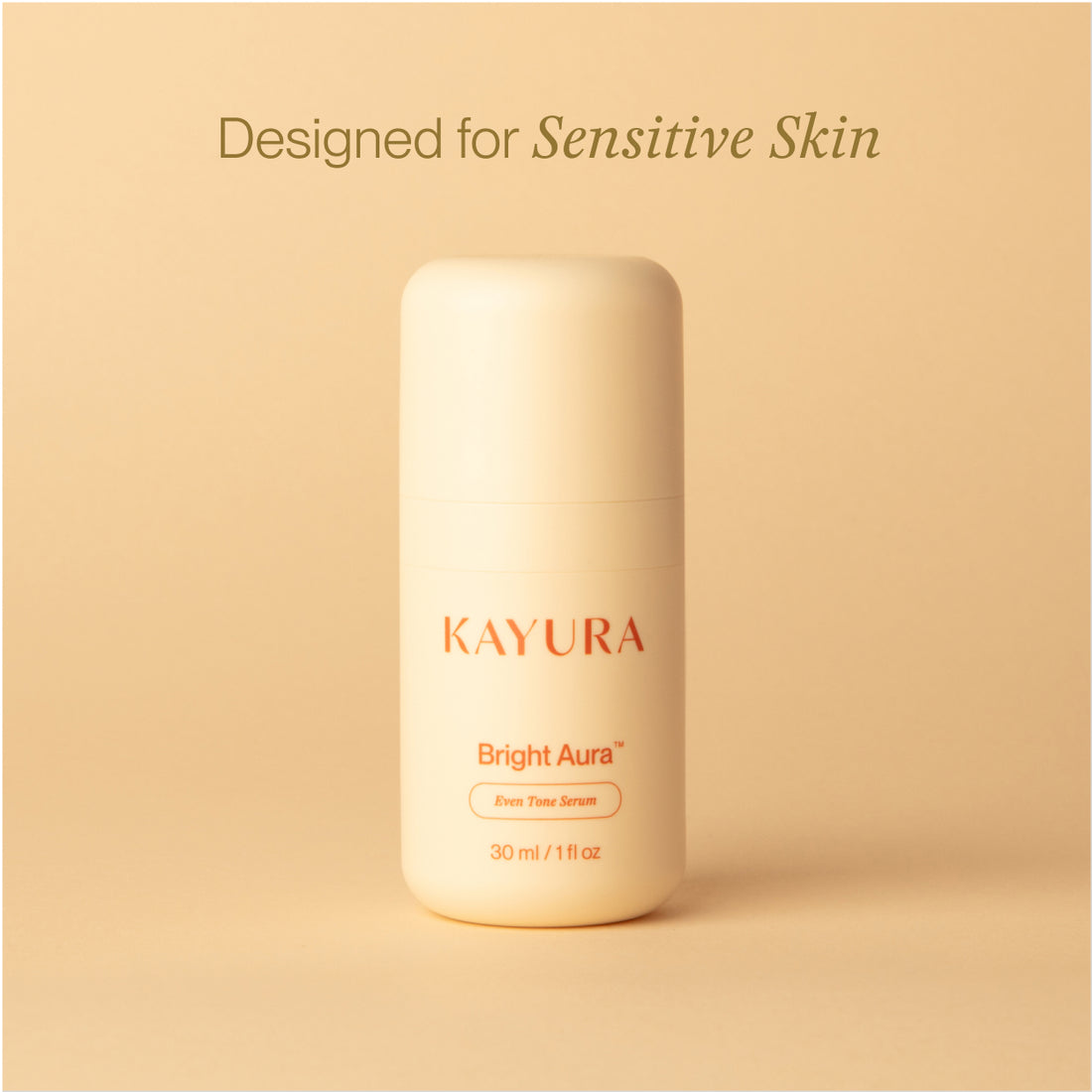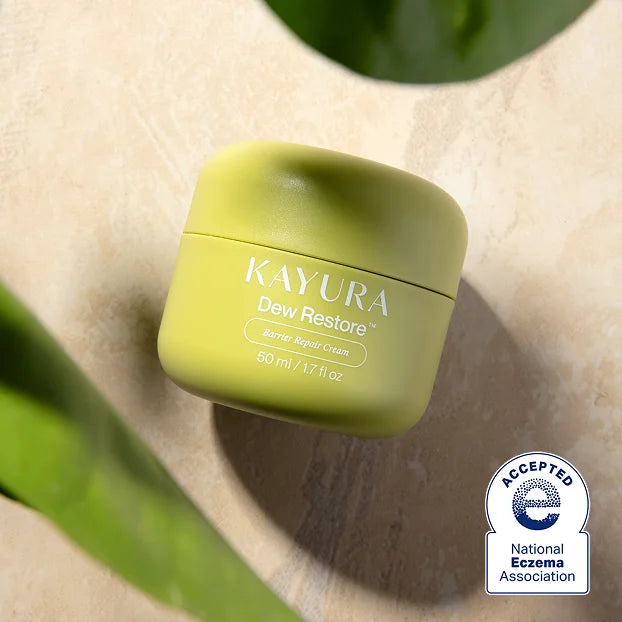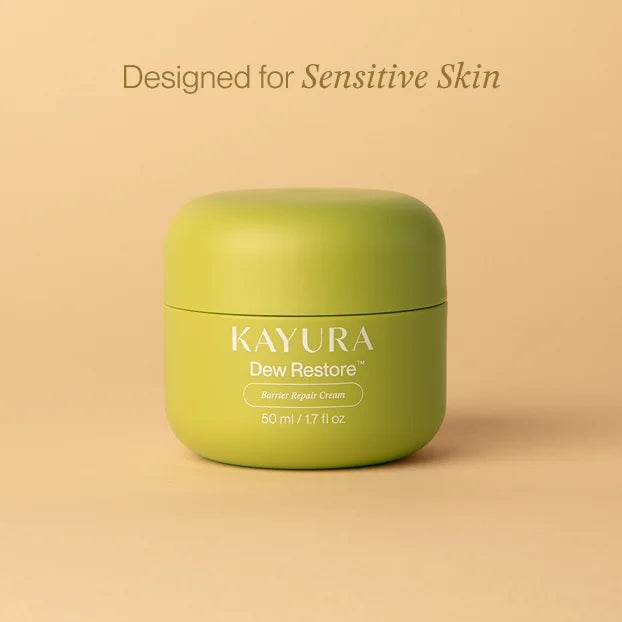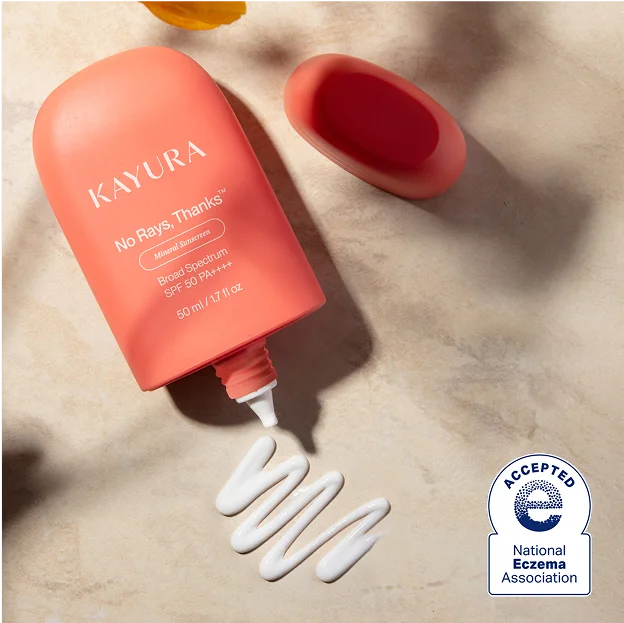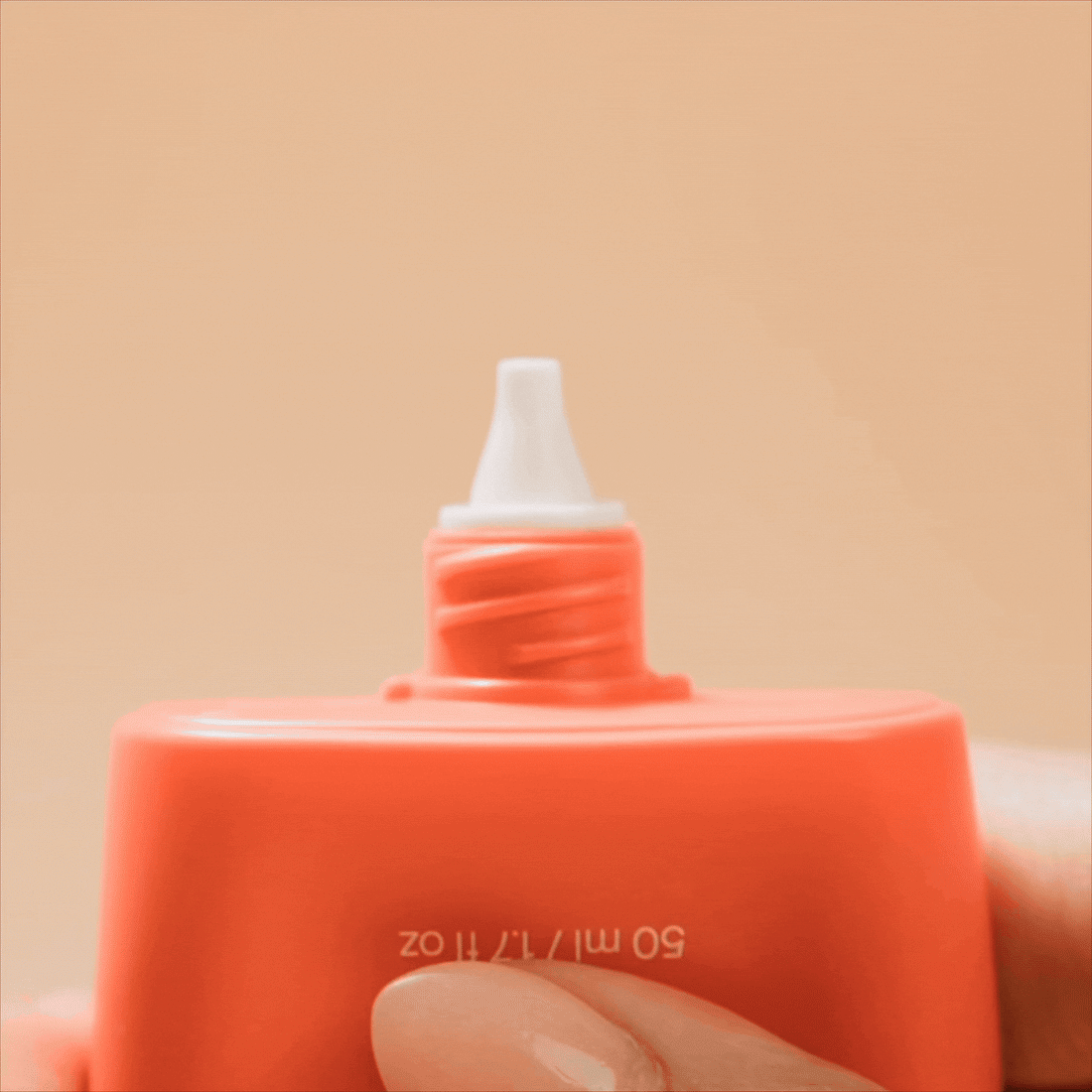If you’ve ever felt like your skin is constantly reacting—redness here, breakouts there, dryness that doesn’t quit—you’re not alone. And while most people run straight for the newest serum or heavy moisturizer, the truth is, healthy skin doesn’t begin with covering up the symptoms. It begins with repair. Specifically, repairing and protecting something we don’t see but feel every single day: the microbiome.
What Exactly Is the Skin Microbiome?
Think of your skin as a busy city. The surface is alive with trillions of microscopic residents—bacteria, fungi, even tiny viruses that form your skin’s microbiome. Sounds unsettling, but this community is essential. These organisms create balance, defend against harmful intruders, and work with your skin barrier to keep things running smoothly. They do this by producing natural defenses, keeping the pH in check, and limiting the growth of harmful microbes.
When this system is in balance, your skin feels resilient and calm. But if that balance tips—too many “bad” bacteria, too little diversity—the city crumbles. That’s when irritation, acne, sensitivity, or even conditions like eczema can flare. The microbiome and the barrier are linked so tightly that if one falters, the other follows. Which is why skin barrier repair and skin microbiome balance always go hand in hand.


Why the Barrier Matters More Than You Think
Your skin barrier is like the walls of that city. Made up of lipids, proteins, and cells layered tightly together, it’s your first defense against the outside world. Sunlight, pollution, harsh cleansers, even stress, everything pushes against it. When the barrier is weak, your skin loses moisture, harmful substances can get in, and it becomes red, sore, or irritated.
Now here’s the catch: a weak barrier changes the microbiome too. The good bacteria lose their home, the balance shifts, and suddenly even gentle products sting. That’s why focusing only on “hydrating” or “brightening” without first addressing barrier repair often feels like running in circles.
Everyday Triggers That Disrupt the Microbiome
If you’ve wondered why your skin feels out of balance more often than not, the reasons are usually hiding in plain sight:
- Over-cleansing: Stripping away oils also strips away beneficial bacteria.
- Antibiotic overuse: Wipes out bad bacteria but takes the good ones with it.
- Harsh actives: Overusing acids or strong retinoids without support damages the barrier.
- Stress & sleep loss: Cortisol spikes fuel inflammation that destabilizes the microbiome.
- Diet: Processed foods and excess sugar can feed harmful bacteria and weaken defenses.
Each of these nudges the system out of balance, making skin more reactive and slower to heal.


How to Nurture a Healthy Skin Microbiome
When your skin’s ecosystem is balanced, everything else becomes easier. These steps help keep the good bacteria thriving and your skin calm.
Step 1: Gentle Cleansing
Harsh cleansers strip away healthy microbes along with dirt. Choose a mild wash that leaves your skin feeling clean but never tight.
Step 2: Microbiome-Friendly Hydration
Moisturizers with soothing ingredients—like oat extract, aloe, or rice water—create a welcoming environment for beneficial bacteria to grow.
Step 3: Microbiome Skincare
Look for products with fermented ingredients, yogurt extracts, or plant-based ferments. These feed your skin’s good microbes and keep the ecosystem balanced.
Step 4: Supportive Actives
Once balance feels steady, add gentle actives like niacinamide or antioxidants. These protect without disrupting the bacteria your skin depends on.
Step 5: Lifestyle Alignment
Your microbiome reflects your daily habits. Better sleep, stress control, and balanced meals with plenty of fiber all encourage healthier, more diverse skin bacteria.
How Long Until You See Change?
Surface dryness and irritation can ease within weeks of barrier repair, but balancing your skin’s microbiome takes longer. It’s a gradual process—some improvements appear quickly, while others take months to develop. Your skin may have occasional setbacks when stressed, but once repaired, it becomes stronger and recovers more easily over time.

When to Seek Professional Help
If your skin remains inflamed, painful, or develops rashes that don’t improve with barrier-friendly care, it’s time to see a dermatologist. Persistent disruptions can signal deeper conditions like rosacea or dermatitis that need tailored treatment.
Where Kayura Fits In
At Kayura, we’ve always believed that repair isn’t optional; it’s the foundation. That’s why our formulations combine barrier-strengthening actives with microbiome-supportive phyto extracts and advanced delivery systems. Each product is designed to calm sensitivity, restore balance, and give your skin what it needs to stay resilient over the long run.
Because when your barrier is strong and your healthy skin microbiome is thriving, every other skincare goal—glow, clarity, even tone becomes possible.
This philosophy comes to life in Dew Restore™ Barrier Repair Cream, our clinically advanced moisturizer built for sensitive, reactive, and compromised skin. More than just hydration, it rebuilds the barrier with ceramides, calms inflammation with biomimetic peptides, and restores harmony with an Ayurvedic-inspired phyto blend.
What makes it stand apart is the way it works on multiple levels—soothing irritation, strengthening barrier proteins, and protecting against everyday stressors, while delivering 24-hour hydration. Clinically tested and certified by the National Eczema Association, it’s proven to bring lasting relief to skin prone to eczema, dermatitis, or frequent flare-ups.
For anyone seeking not just comfort but resilience, Dew Restore™ is that reset button, helping your skin repair, rebalance, and thrive day after day.

FAQs



